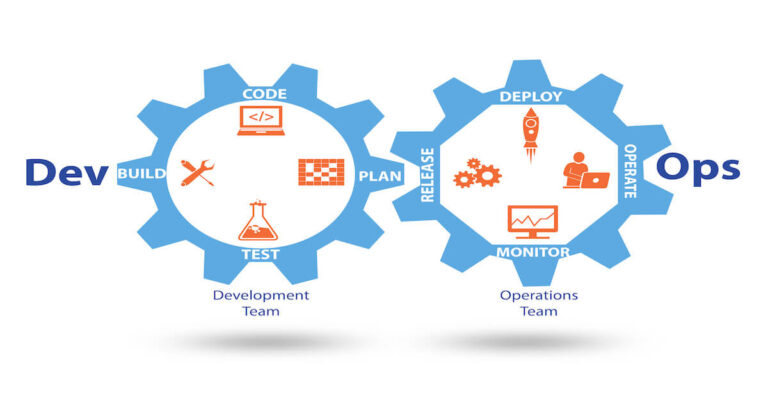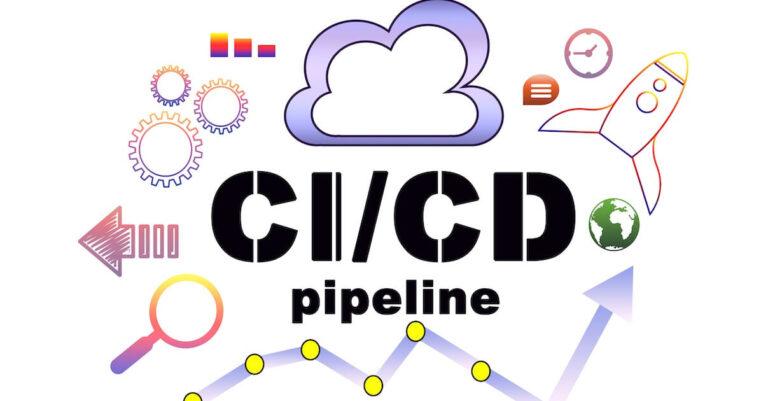Software is critical to the success of businesses today. Quite simply, the speed at which you can change your software is the speed at which your business can innovate and compete. If you can’t turn as fast as your peers, you are giving them a chance to gain market share and a competitive edge. This means that IT teams are under pressure to deliver applications, infrastructure and services faster than ever before.
DevOps can be your vehicle and help you move as fast and fine-tuned as you want, but unless you provide an effective business case to the board, it will remain in the garage. To give a thumbs up, you need to prove that your model is efficient and makes financial sense for the entire company. Before making a business case for DevOps adoption, ask this question as a starting point for building your DevOps business case:
Do You Need to Make a Business Case for DevOps?
Companies need rational business cases that can help them at various stages of their DevOps journey, not just in the initial phases. To get better clarity of your need for DevOps, you can ask yourself which one of these scenarios best suits your current situation:
- You know the company needs to be more agile, but you don’t know how to quantify the benefits
- You adopted DevOps practices locally and have experienced the benefits, but you fail to quantify the success to sell it to the management
- Your company has witnessed the success of DevOps pilots but is not sure how to justify the investment to adopt DevOps to an enterprise-scale
DevOps implementation strategy represents a significant restructuring of the IT and operations team and hence the adoption of new procedures must be rationalized clearly and logically. The benefits and financial gain must outweigh the projected risk. With that in mind, you can go with the following key steps to develop a compelling business case to win you the support you need to modernize the way you manage your applications, data and deliveries.
A Business Case for DevOps
While creating a business case for the implementation of DevOps, you must talk about the areas of your business that are ready for transformation with DevOps. Later you must take into consideration the cost of adopting and transitioning into a DevOps-driven firm. By considering the following scenarios, you can develop a business case where DevOps could help you to be more agile and effective in your day-to-day operations.
- Automation: First, identify and measure the time that engineering and operations teams spend manually performing steps in the integration and implementation process. DevOps helps free this time by automating the process as automated steps are less error-prone. This reduces the time the team spends solving production problems.
- Reduced Downtime: What is the impact of application downtime on your organization? Production problems not only waste time on the development and operations of system resolution but can also lead to customer dissatisfaction and lost revenue. A successful DevOps implementation reduces the chances of losing revenue and reduces customer dissatisfaction with downtime events.
- Improved Customer Satisfaction: It’s difficult to quantify, but you need to include improved customer satisfaction and increased revenue as new features can be introduced faster and due to increased capabilities to fix defects more quickly. It can be helpful to find anecdotal evidence that “we couldn’t solve a big problem because we couldn’t deliver the feature quickly enough.”
- Faster Deployment: The basic pillar of DevOps is automation, and you need to implement tools in your pipeline to automate tasks. This incurs two types of costs: tools and labor.
- Tools: A successful DevOps implementation requires at least a code repository (GitHub, GitLab, BitBucket, etc.), an automation solution (Jenkins, Jfrog, etc.), and case management software (TestRail, etc.) which are highly useful. Most companies already use most of these tools, but they don’t fully realize the potential of DevOps, so there’s no additional cost.
- The Time Investment To Create The Desired Results: This is your biggest cost. The DevOps initiative needs to implement and maintain the above tools and automate every step of the CI / CD pipeline. This includes automated testing of all existing and future software. This is a big investment in itself. Automating deployment procedures is also important and may require infrastructure changes. Creating dashboards and alerts to enable production monitoring are just another DevOps benefits that include the cost of development. However, it’s very important to remember that the effort invested in the DevOps initiative will be rewarded in different ways, as it creates automated tasks that save time each time they run.
- Process Redesign: The DevOps initiative is about rethinking how software is deployed in production and radically changes the way the organization does it. An important planning step is to map the processes involved in launching the software and how these steps will be transformed into an automated pipeline. For small projects with one team, this mapping is very easy. However, adding software components and onboarding new teams to your plan adds exponential complexity, although improvements do not need to be made at the same time. You can start with automation of the build phase and then move to the test and deployment phases.
- Increased Scope For Cultural Change: DevOps requires a cultural change in the organization, which involves training existing employees, hiring new employees with the new skills you need, and perhaps assistance from an external company that specializes in implementing DevOps, such as Successive.
Integrating Security In DevOps Cycle
Transitioning to a DevOps-driven firm also opens opportunities to integrate security as the first approach in the software development cycle. Some of the companies choose to go to DevSecOps while adopting DevOps, however many choose to adopt it later. The next step of developing your business case for DevOps should be DevSecOps that means securing applications and business systems from all vulnerabilities through a security-as-a-first approach.
Conclusion
DevOps is a critical characteristic. It enables modern software development organizations to increase user satisfaction by increasing the quality of their software and the velocity of their software release process. We hope the above DevOps benefits and cost analysis structure will help you consider how much you will need to invest in your DevOps initiative and to decide how much or how little DevOps your budget will support.
If you have already built a business case for DevOps adoption and now searching for a company that can help you implement DevOps and automation, you should check this guide on how to hire a DevOps engineer as it helps you navigate the skills you need in DevOps engineers.




